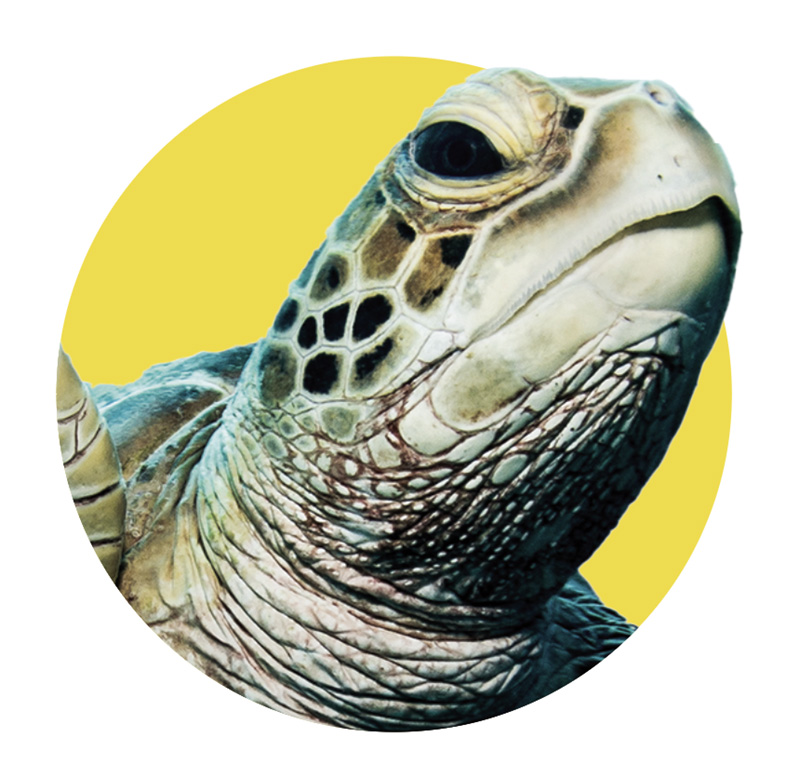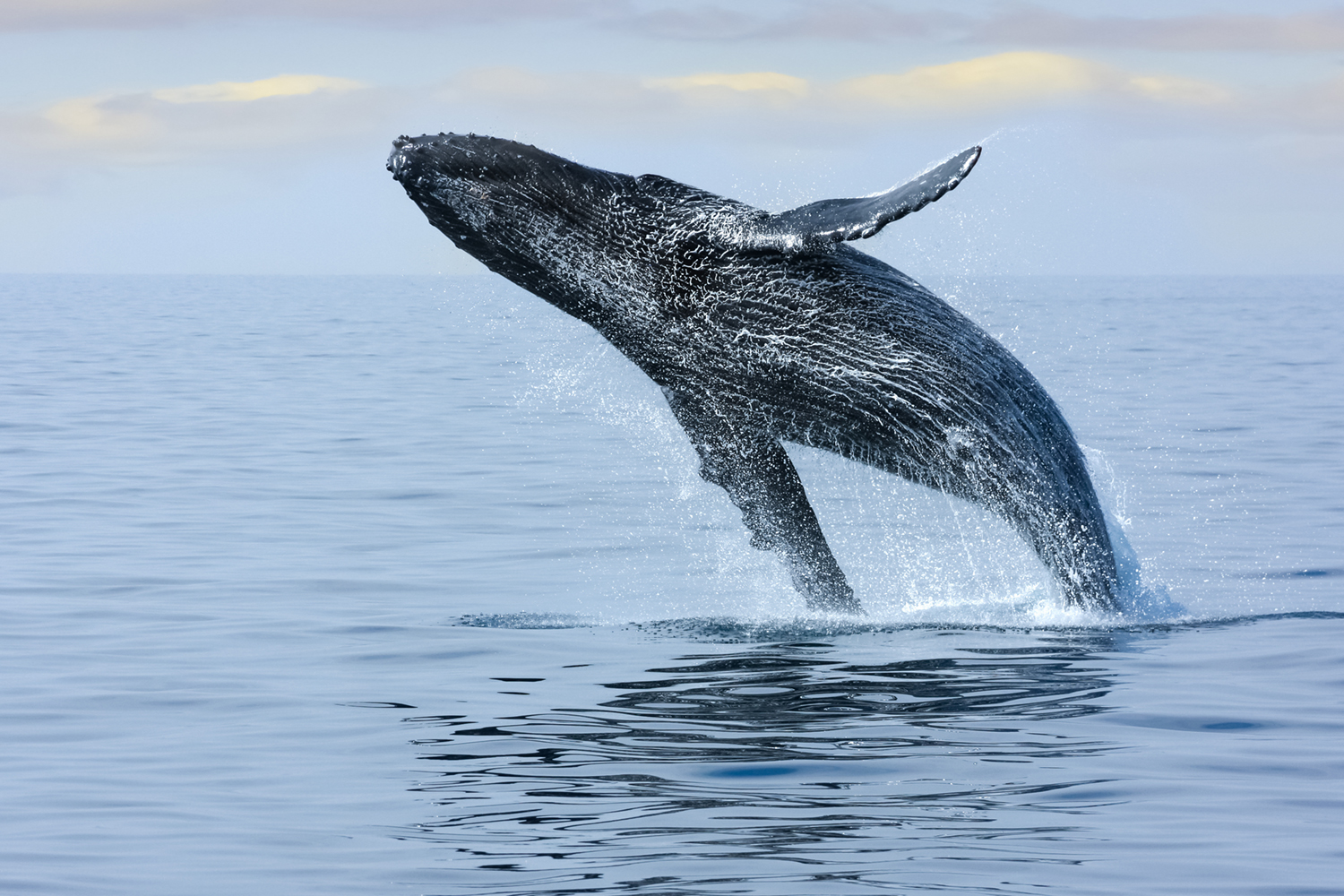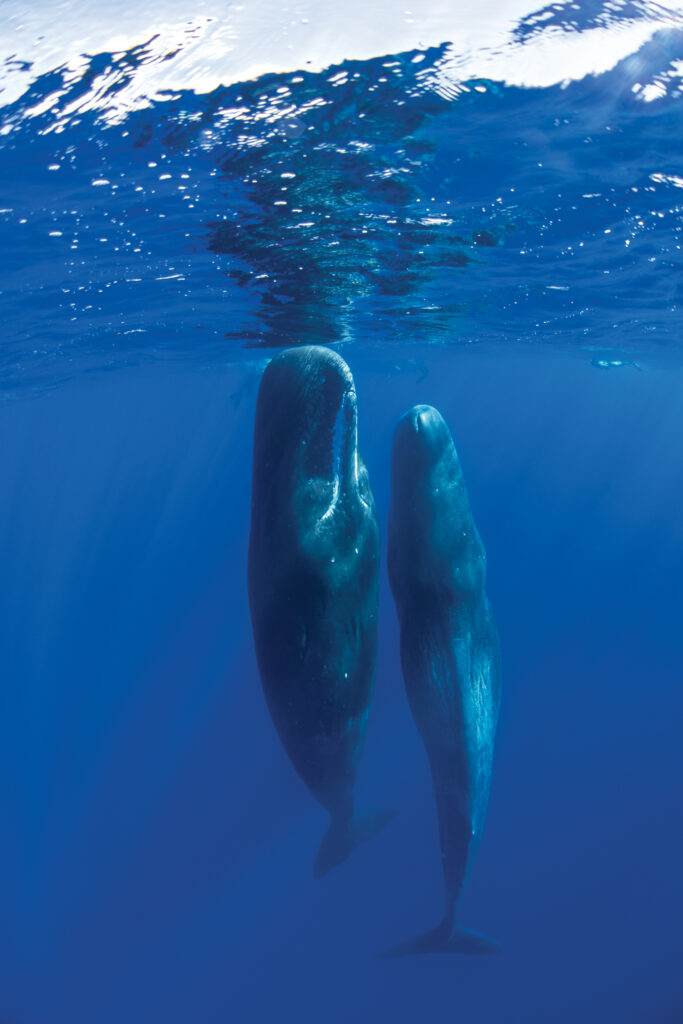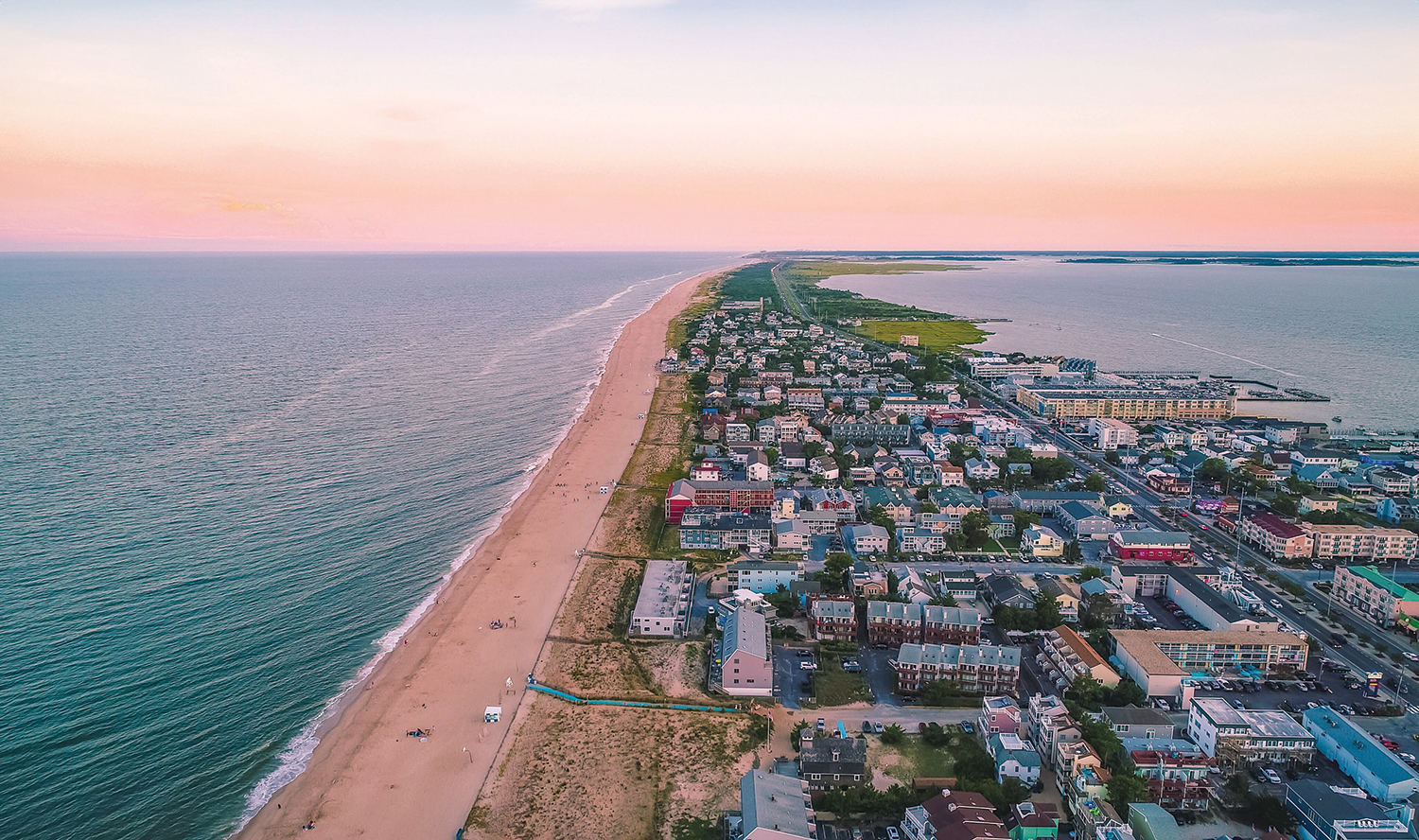The Delaware coastline has had a long, complicated history with whales. The state of Delaware was founded by the Dutch in 1631 in an attempt to establish a whaling colony. Upon arrival, they soon realized Delaware was not considered a “hot spot” for whale activity.
That said, the state is still home to at least 10 species that move far off the coast. Occasionally, some will swim closer to shore and sometimes even strand on our beaches (which occurred in May when a 51-foot subadult fin whale beached just north of the Indian River Inlet). And while public perception has shifted and our appreciation for these breathtaking animals has evolved following centuries of research, there is still a need for the human population to change its behavior in order for much of the whale population to survive. A recent finding regarding beached marine mammals, including whales and dolphins, has revealed that many have ingested microplastics. While it may not have been the direct cause of their strandings, it does demonstrate that our over reliance on plastics has a greater impact than one might think.
According to researchers, whales and dolphins are closer to humans than many realize. For example, they are found to have spindle neurons in the brain, which allow them to feel more complex emotions similar to that of humans, such as empathy, playfulness, stubbornness, and sensitivity. And some scientists believe that with advancements in artificial intelligence, humans’ ability to decode whale songs may progress to the point of actually bridging a language gap between the species.
Scientists are learning more and more about these creatures all the time, and we have the ability to help these mammals and their habitats through mindful changes to our everyday behavior, such as saying “no” to plastics, banning sonic testing, and decreasing carbon output. The more we learn about them, the more we can learn from them, so listed below are the various species found off the Delaware coast and interesting facts about each:
Short & long finned Pilot Whale: (Population estimate: 780,000 in North Atlantic) The Pilot Whale (which is more closely related to the dolphin) is found throughout the world and will eat small fish but prefer squid. The female short-finned whale has been known to actually go through menopause.
Orca: (Population estimate: 50,000 globally) Even though they are categorized as whales, they are actually more closely related to dolphins. They are the only non-human animal on the planet to have evolved with its culture, following a study of whales in the Pacific and Antarctic Oceans.
Sperm Whale: (Population estimate: 300,000 to 450,000 globally) The largest (up to 52 feet) of the toothed whale species, the Sperm Whale are world-class divers, known to hunt for food at depths of up to 3,000 feet.
Pygmy Sperm Whale: (Population estimate: not known, as they actively avoid ships and planes) Not to be confused with its cousin the dwarf sperm whale, measuring about 9.5 to 11.5 feet in length, the Pygmy Sperm Whale is the smallest of the whale species and is not much larger than an average dolphin.
Sei Whale: (Population estimate: 8,600 in North Pacific, the only estimate available) The Sei Whale is a baleen whale, which means instead of teeth it has a system of filters in its mouth used to capture its food. The bristly system is actually keratin, the same substance that makes up human fingernails and hair.
Fin Whale: (Population estimate: 2,700 in North Atlantic) The second-largest whale on the planet (bested only by the Blue Whale), it can reach lengths of up to 85 feet and weight up to 80 tons. Fin Whales tie Blue Whales for making the lowest-frequency sounds of any animal.
Minke Whale: (Population estimate: 2,591 in North Atlantic) One of the smaller baleen whales, Minke Whales are known to have over 350 baleen plates on each side of its mouth with baleen bristles attached for filtering their prey from the water. Minke Whales have earned the name “Stinky Minkes” because of the less-than-appealing smell of their spouting.
North Atlantic Right Whale: (Population estimate: not available, but critically low) One of the most critically endangered species of whales on the planet (with estimates of just over 300 alive.)
Humpback Whale: (Population estimate: most recent estimates are outdated and current attempts cite that they are critically low) Humpbacks are wanderers, migrating farther than any other mammal on Earth, traveling around 3,000 miles between their breeding and feeding grounds on a regular basis.

If you encounter a stranded marine mammal or sea turtle, contact MERR Institute at (302) 864.0304 or email merrinstitute@gmail.com. MERR is a 501(c)(3) organization dedicated to the conservation of marine mammals and sea turtles and their habitat. MERR provides rescue and response for stranded marine animals that occur throughout the State of Delaware.
Rob Rector has served as naturalist and board member for 20 years, is a certified Protected Species Observer, and leads weekly dolphin observation tours that use citizen science to gather information on our local Bottlenose Dolphin populations.
















